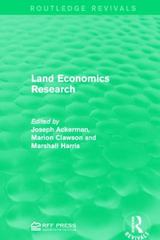Question
(1) U.S. Robots and Mechanical Men Inc. produces robots using scientists (L) and machines (K). Suppose its production follows a function, ????=????12+????12. The U.S. Robots
(1) U.S. Robots and Mechanical Men Inc. produces robots using scientists (L) and machines (K). Suppose its production follows a function, ????=????12+????12. The U.S. Robots pays each scientist $4 of wage, purchases each machine for $1, and sells the robots it produces for $16 each.
(a) What are the firm's unconditional factor demands (also called "profit-maximizing" input demands) for scientists and machines in the long run? (i.e. find ????(????,????,????) and ????(????,????,????))
(b) Find the firm's profit maximizing output of robots in the long run (????).
(c) Derive the firm's conditional factor demand (also called "cost-minimizing" input demands) for scientists and machines in the long run (????(????,????,????) and ????(????,????,????)). If the firm's output target is the long-run profit maximizing number of robots that you found in part (b), how many scientists and machines should the firm employ to minimize its cost of production?
(d) The CEO of Robco Industries is considering whether it should start producing its own line of robots. If Robco Industries has the same technology as the U.S. Robots, does it enter given the current price ($16)?
Step by Step Solution
There are 3 Steps involved in it
Step: 1

Get Instant Access to Expert-Tailored Solutions
See step-by-step solutions with expert insights and AI powered tools for academic success
Step: 2

Step: 3

Ace Your Homework with AI
Get the answers you need in no time with our AI-driven, step-by-step assistance
Get Started


